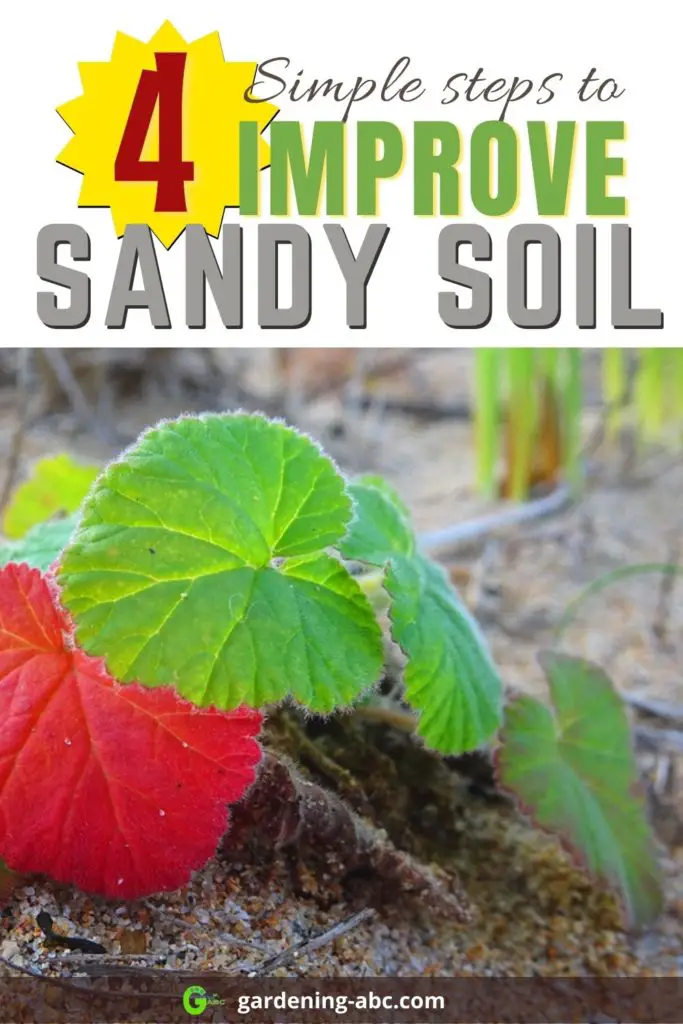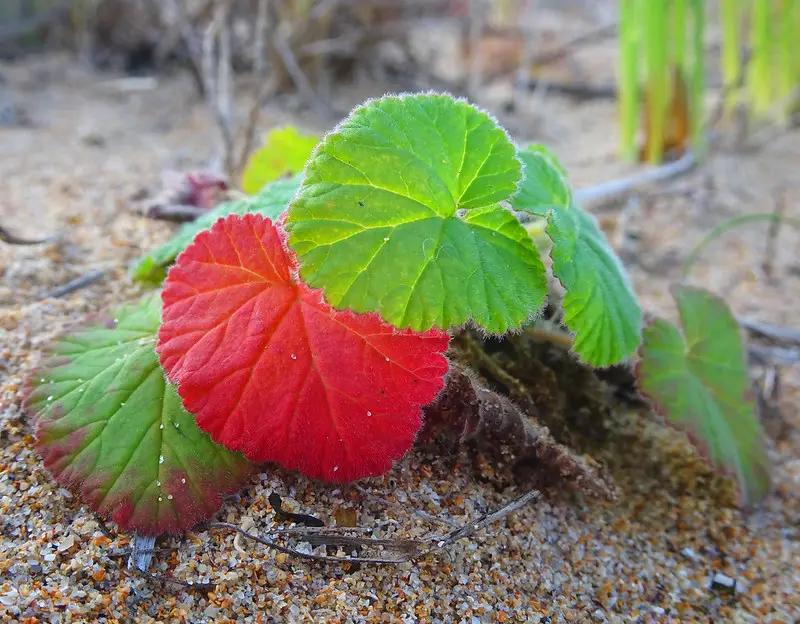We use affiliate links to run our site. When you buy through links on our site, we may earn an affiliate commission, without any added cost to you. Learn more
People often ask, how can we improve the quality of our sandy soil. This post will answer that question.
What is A Sandy Soil:
Sandy soil is a light soil where the spaces between the soil particles are large. The soil can drain very quickly and tends to have low nutrient content.
Sandy soils are quite light due to their high proportion of sand and little clay (clay weighs more than sand). The particles in sandy soil generally don’t stick together and have very little crumbs.
Identifying Your Garden Soil:
Identifying sandy soil is actually quite easy. If you feel the soil through your fingers, you will feel sand grains in it. The soil particles do not stick together easily so it is very tough to roll the soil to a cylindrical shape.
Why Improve Sandy Soil:
Sands in their normal state have very little nutrients in them. Sandy soils also have very poor water holding capacity, so they dry out very quickly, especially the top layers (the root zone).
Test Your Soil:
Before you start doing anything with your soil, get your soil tested. A soil test can give you lots of information and like soil pH and the amount of nutrients that are currently present in the soil.
You can opt for a professional soil testing service or buy a soil testing kit.
How to Improve Sandy Soil:
Although you can grow quite a few varieties of plants in sandy soil, to grow a proper garden under these conditions (low nutrient, compacted sand), you have to first improve the sandy soil. Here are 4 simple steps to improve the quality of sandy soil.
- Apply Organic materials such as compost and mulch to the soil.
- Add Nitrogen to the soil.
- Keep adding Moisture to the soil
- Grow cover crops
1. Add Organic Compost and Mulch to The Soil:
As sandy soil has very little organic nutrients in them, the first thing you can do is to add organic matter. Add plenty of quality compost with your sandy soil before any planting is done. Compost will hold on to water and will also add nutrients to the soil.
Sandy soil also losses water very fast from the surface. To prevent that also add organic mulch on top of the soil. It will prevent evaporation and later will add organic matter to the soil.
2. Add Nitrogen to Your Soil:
Sandy soil lack nitrogen. So to fulfill that you have to add nitrogen from outside. The best way to do this is to add fertilizer, aged manures, or composted legumes.
Initially, you have to add nitrogen quite regularly. But with time, as the soil quality improves, you can reduce the amount and frequency of fertilizing your soil.
3. Add Water Regularly:
Water your plant regularly when they are in sandy soil. The soil can not hold on to the water for long. If possible, arrange drip irrigation for watering. You will be amused by how much water plants need to grow.
4. Grow Cover Crops:
Cover crops are also called green manures. Start growing cover crops on sandy soil before planting main plants. Cover crops will enhance water infiltration and reduce runoff.
While amending sandy soil, don’t forget to keep an eye on the salt level of the soil. Compost and manures can have high levels of salt in them. Now, if you already have a higher amount of salt in them (when you grow plants near the seaside) this can damage the plants.
One of the possible solutions is to use peat moss in place of compost.
Best Vegetables for Sandy Soil:
Changing the basic nature of your soil will take time. In the meantime, it is important to take advantage of your current gardening conditions. Sandy soil has some inherent benefits and you can use them to grow quite a few plants in sandy soil.
Here are some plants that thrive in sandy soil:
Like the post? Don’t forget to PIN IT

Amazon and the Amazon logo are trademarks of Amazon.com, Inc, or its affiliates.

Hi there! My name is Prasenjit and I’m an avid gardener and someone who has grown a passion for growing plants. From my hands-on experience, I have learned what works and what doesn’t. Here I share everything I have learned.
